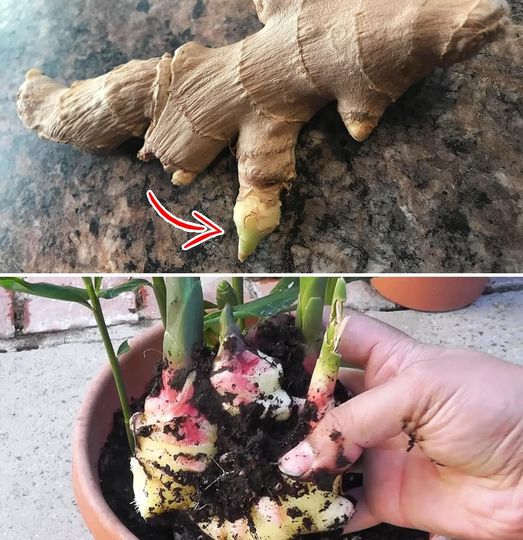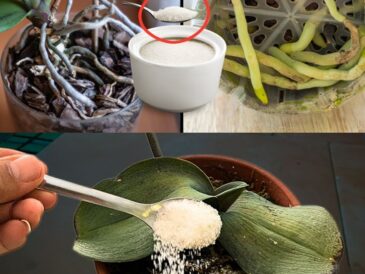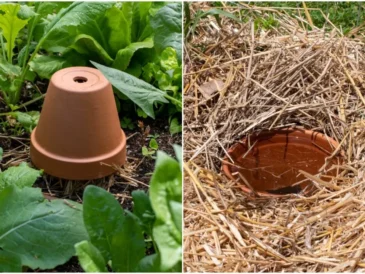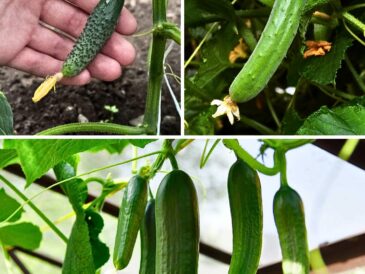Step-by-Step Guide to Growing Ginger at Home
1. Preparing the Ginger Rhizomes
- Selection: Choose ginger rhizomes with visible eyes or buds. These are the points from which new shoots will sprout.
- Soaking: Soak the ginger rhizomes in water overnight. This helps to remove any growth inhibitors that might be present.
2. Planting the Ginger
- Cutting: If your ginger rhizome is large, cut it into smaller pieces, ensuring each piece has at least one eye.
- Planting: Fill your container with potting mix and place the ginger pieces on the surface, eyes facing up. Cover them with 1-2 inches of soil.
- Watering: Water the soil thoroughly but ensure it is not waterlogged. Ginger likes moist soil, but too much water can cause the rhizomes to rot.
3. Caring for Your Ginger Plant
- Location: Place the pot in a warm location with indirect sunlight. A spot near a sunny window is ideal.
- Watering: Keep the soil consistently moist but not soggy. Water lightly and frequently.
- Humidity: Ginger prefers high humidity. Mist the plant regularly or place a humidity tray nearby.
- Feeding: Once the plant starts to grow, feed it with a balanced liquid fertilizer every few weeks.
4. Harvesting Ginger
- Timeframe: Ginger can be harvested in 8-10 months, but you can start harvesting small pieces of the rhizome after about 4 months.
- Method: To harvest, gently dig around the base of the plant and cut off a small section of the rhizome. Replant the remaining rhizome to continue growing.
- Signs of Maturity: Mature ginger will have thick, well-developed rhizomes with a strong aroma.
5. Tips for Continuous Supply
- Succession Planting: Plant new ginger rhizomes every few months to ensure a continuous supply.
- Indoor Gardening: Ginger can be grown indoors year-round, making it perfect for maintaining a steady supply even in colder climates.
- Propagation: Use harvested ginger to propagate new plants. Each time you harvest, replant a piece of the rhizome.
Common Issues and Troubleshooting
- Yellow Leaves: This can be a sign of overwatering or poor drainage. Ensure your pot has good drainage and adjust your watering schedule.
- Slow Growth: If your ginger is not growing well, it may need more warmth or humidity. Try moving it to a warmer spot or increasing humidity around the plant.
- Pests: Keep an eye out for common pests like aphids. Use organic insecticidal soap if needed.
Conclusion
Growing ginger at home is an easy and rewarding way to ensure you have a fresh, endless supply of this versatile root. By following these steps and tips, you can cultivate ginger successfully and enjoy its numerous benefits right from your own home. Start your ginger-growing journey today and experience the joy of harvesting your own flavorful and healthful ginger!
Pages: 1 2




